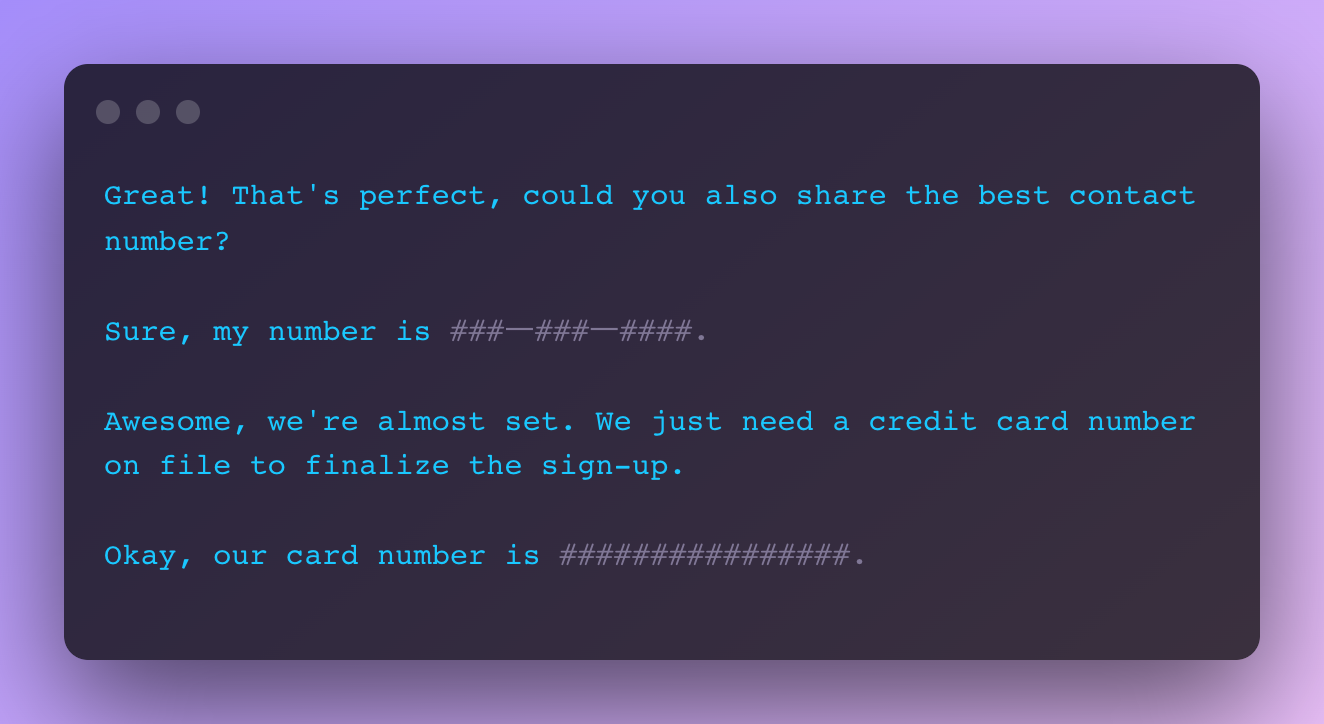1
Static IP Support for Webhooks
Over the next few weeks, we will begin rolling out Static IP support for webhooks to customers in stages.
Outgoing webhook requests sent from AssemblyAI will now originate from a static IP address 44.238.19.20, rather than a dynamic IP address. This gives you the ability to easily validate that the source of the incoming request is coming from our server. Optionally, you can choose to whitelist this static IP address to add an additional layer of security to your system.
See our walkthrough on how to start receiving webhooks for your transcriptions.
